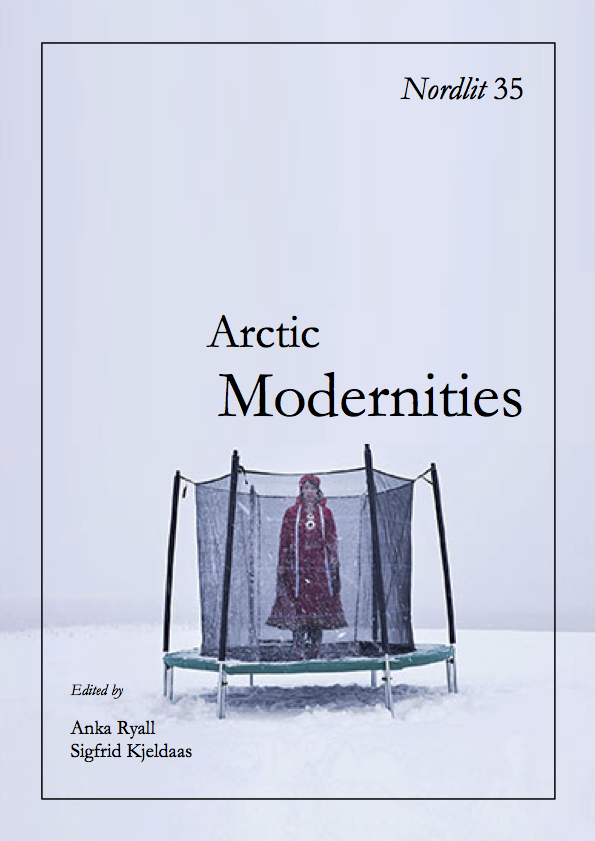Maskulinitet og troféjakt i Arktis
DOI:
https://doi.org/10.7557/13.3434Keywords:
Trophy hunting, Arctic, masculinity, gender, expeditions, Tromsø, SuttonAbstract
From the late 1800s and until the protection of polar bears came into force in 1973, there were regular private hunting expeditions to the Arctic by boat, including several from Tromsø. In this article, I investigate how masculinity is manifested in specific empirical evidence: a trophy hunting expedition with the Sutton family that left from Tromsø in the summer of 1932. Using masculinity as a lens through which to see the historical trophy hunt shows, however, that this activity deals with more than obtaining trophies and potency. The Sutton family expedition undertook to hunt, kill and stuff wild animals to the benefit of science and the general information of the public. Sutton himself goes in and out of the role of conqueror; he puts his trust in the Norwegian crew and highlights his recommendations for safety on such trips. By looking at a specific example such as Sutton’s expedition, it is obvious that this also deals with various forms of masculinity – or manliness: about the conquering and mastering of nature, but also about an interest in and care of nature. Masculinity is seen in terms of civic ideals with an emphasis on rationality and discipline – a hunt in which women may also be granted a place – as well as the role of fatherhood with a responsibility for the training of new generations and educating the public by contributing to the development of scientific collections and the municipal zoo.









